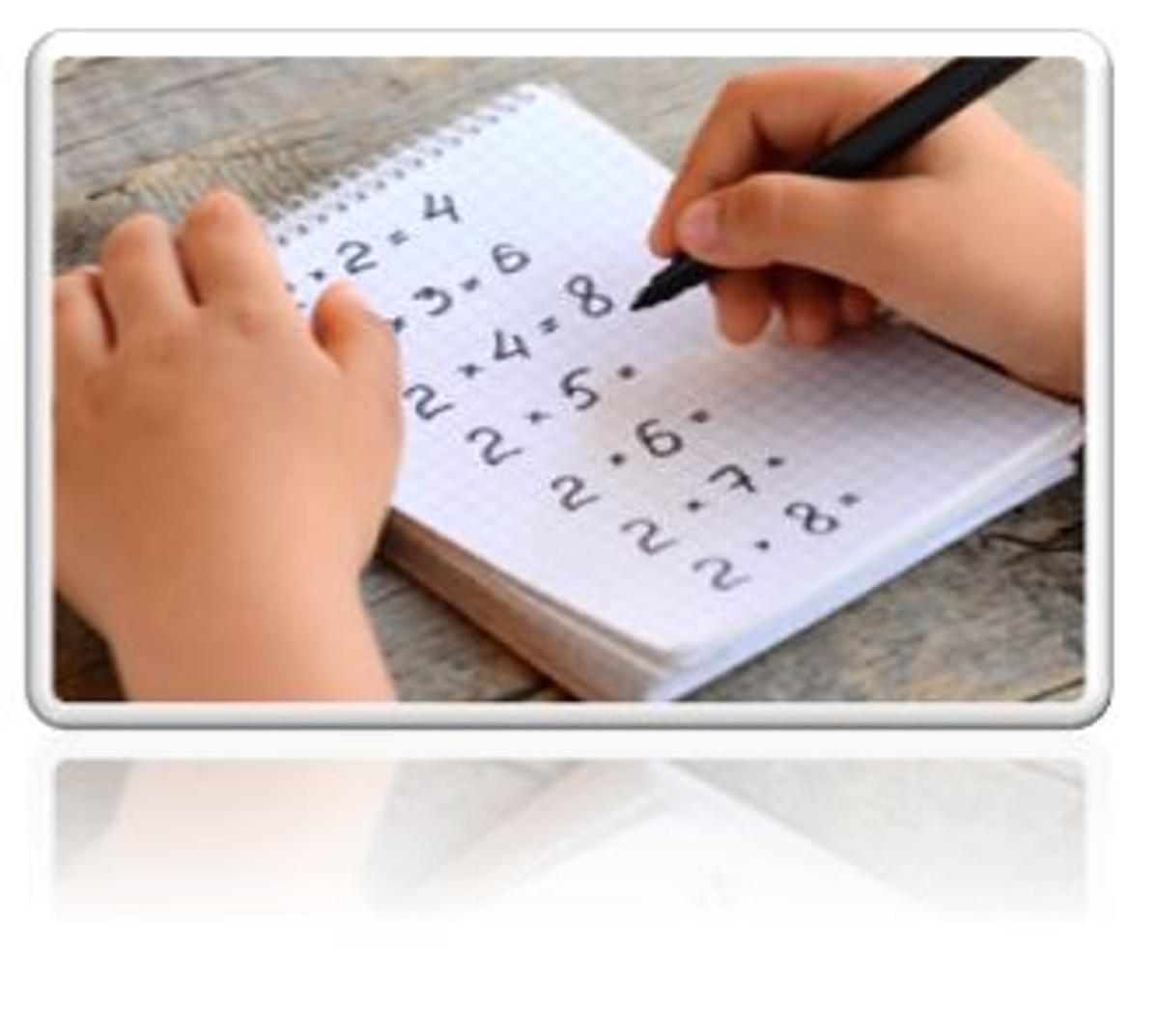Mathematics News
Ms Nellie Girgenti
Coordinator

Mathematics News
Ms Nellie Girgenti
Coordinator
Dear Parents,
Learning multiplication facts can be very challenging for many children and can pose a problem for parents trying to help them master them. Nonetheless, a firm understanding of multiplication facts is crucial to a child’s ability to easily pick up later mathematics skills which will build on these foundations as they will need to use the skills they’ve learned in more advanced ways in high school. Parents often ask how they can best help their child learn their tables and improve their instant recall. Here are some ideas and tips that may help.




Hang up a times table sheet.
This is an old technique but it’s very effective. You can purchase or download these as a poster or download Whizz Education’s Times Tables Sheet, which you can go through with your child and fill in each box together. The next step is to hang the completed chart up in a place where your child will see it regularly (e.g. their bedroom door, the fridge door, the cupboard next to the computer). Finally set a regular time for both you and your child to sit down and have a casual, no-pressure run through a particular set of times tables, perhaps just before dinner. Remember, the more often they see and practice their times tables, the more likely they are to learn them.


Make sure they can walk before they can run.
It is generally agreed that it is preferable to start with 2, 5 and 10, as the patterns within them are easier for children to grasp. Children are introduced to counting in multiples of 2, 5 and 10 first. Once secure and accurate with this rote recall, the easier it is to turn it into times table and see the structure and patterns that are present. Two times table involves doubling and using fingers initially can help children see and feel the symmetry of the doubling concept. In the 2 and 10 times tables the numbers are all even. In fact, any number multiplied by an even number will be even. Saying the 10 times tables helps children to see the patterns “…6 tens are 60, 7 tens are 70…”. With the 10 times table all the numbers end in 0 and in the 5 times table all the numbers end in 5 or 0. Once they have mastered the 2, 5 and 10 times tables, children should find it easier to move on to 4 and 8.
Teach your kids some tricks.


One of the great things about mathematics is that it’s full of tips and tricks – and times tables are no different. Our favourite trick involves using your fingers to figure out nine times tables. Start by spreading all 10 fingers in front of you. To figure out 9×1, put your left pinky down. What are you left with? 9 fingers! For 9×2 put your left ring finger down. What are you left with? 1 finger and a gap followed by 8 fingers or 18. This trick works up to 9×9 (8 and 1 or 81). That said, when teaching children these tricks, encourage them to ask why these techniques work and the mathematical reasoning behind them.
Listen to some fun songs
What’s a great way to get information stuck in someone’s head? Catchy music! We recommend checking out videos made by Youtuber, Mr. DeMaio (link), a school teacher who uses clever parodies of pop songs to teach kids their times tables. Our favourite is definitely his cover of Bruno Mars and Mark Ronson’s song Uptown Funk which aims to teach children their three times tables, but you can find more on YouTube and also in the Mathletics resource.


Quiz them regularly, but not incessantly
Once you think your child is getting the hang of their times tables, it’s time to put them to the test. It’s best to do this when there’s nothing else really going on, like while you’re walking them to school or while you’re waiting for a bus. Also, try to normalise these drills by allocating a specific time of the week to quiz them, rather than springing it on them randomly, that way the drills aren’t too stressful.
Reward their efforts


When encouraging children to pursue something important, like timetables, there’s no harm in heightening their enthusiasm with a little reward. Remember that you shouldn’t just reward your child for getting answers right, though. Don’t be afraid to give them a treat if you can see they’ve been trying hard but haven’t quite mastered their times tables yet. This encourages persistence. Also, remember not to judge them if they get the answers wrong, learning should always be an enjoyable experience!
Kind regards,
Ms Nellie Girgenti
Coordinator and Year 4 teacher